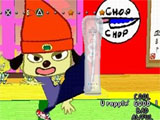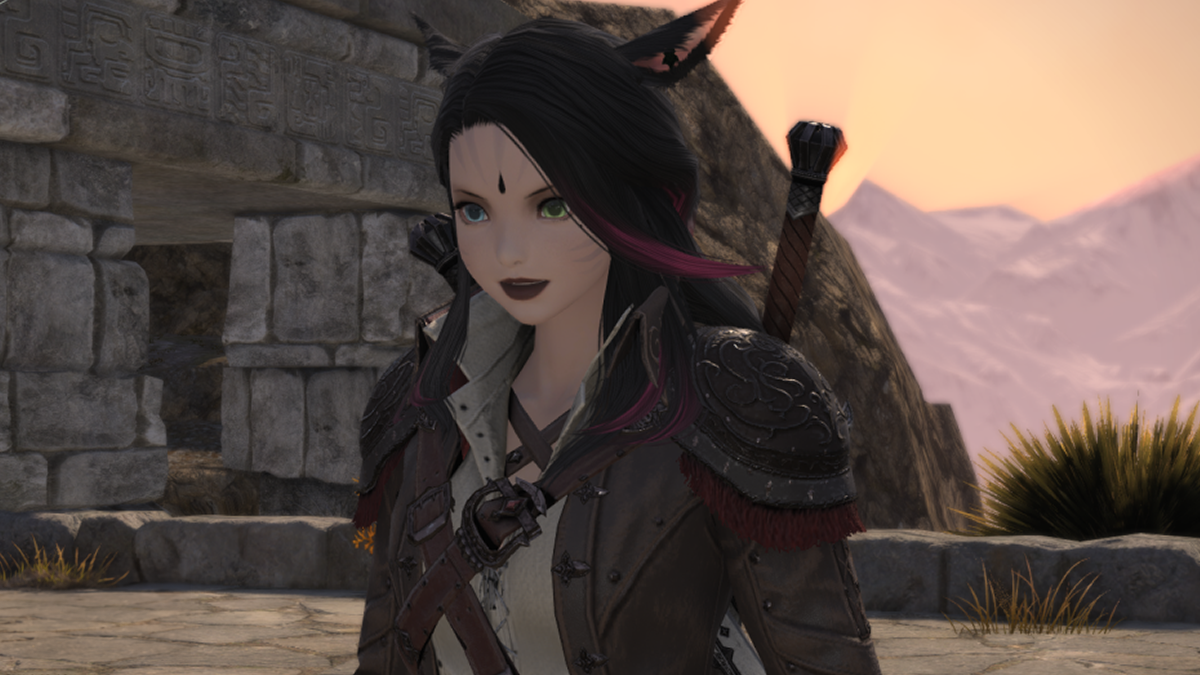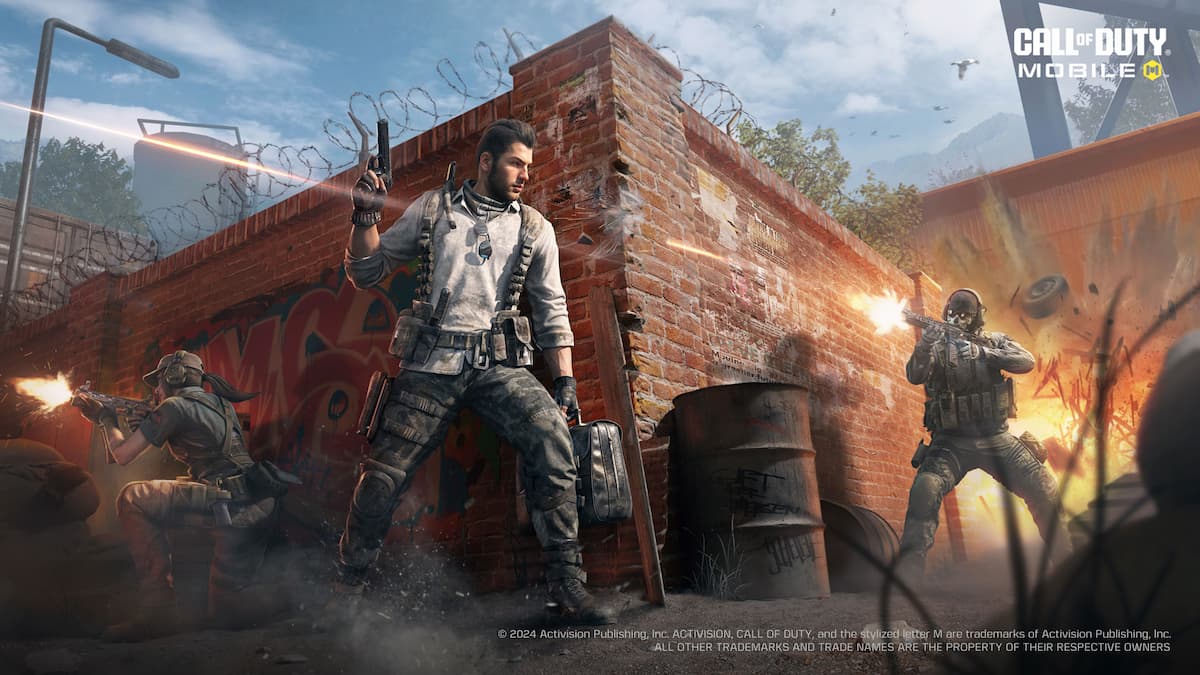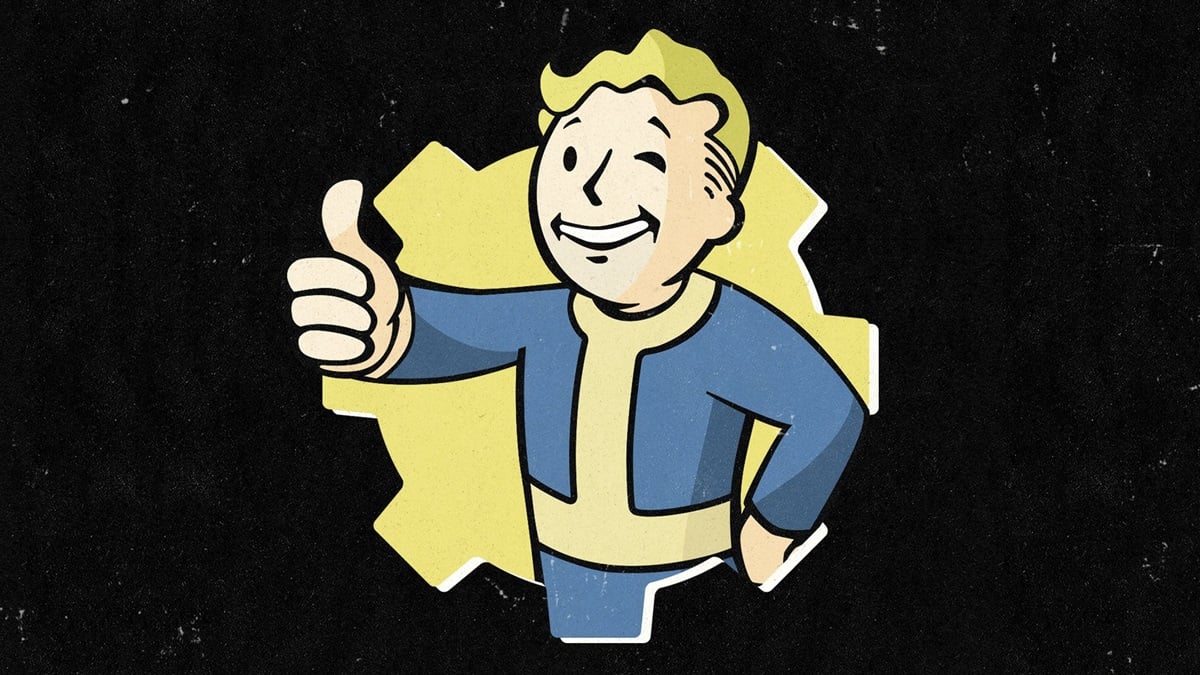I’m kind of old, and my age has permitted me to follow “the console wars” since the Atari vs. Colecovision vs. Intellivision days. Videogames have evolved so much over the past 30 years. Witnessing that evolution has been an amazing experience. Before I get misty, let me get to the point; I’ve seen a lot of stuff in my time, but I’ve never seen anything like the battle of ideologies going on with home consoles today.
Most of that is thanks to the Wii. It’s the only console to simultaneously “win” and “lose” a console generation. On one hand, the Wii has outsold its direct competition nearly two to one, and is the home to some very profitable games, like Wii Play, Just Dance 2, Super Smash Bros. Brawl, and New Super Mario Bros. Wii. On the other hand, many developers, publishers, and gamers have been repulsed by the Wii from day one. As a result, the vast majority of today’s most popular and influential third-party games aren’t on the Wii, leading many gamers to consider the console a failure at best, and an embarrassment at worst.
In this episode of Constructoid, Parappa the Rapper, Mr. Resetti and myself take a look at ways that Nintendo can “win” — and “WIN” — in the home console space. I have more thoughts on the matter than what’s in the video, though.
[Note: I put this video together about two weeks ago, before Nintendo announced that they’re loosening the restrictions on the friend code system, and admitted that friend codes aren’t always necessary. That said, I think the points I make here still stand.]
Before we begin, a little more about the current situation

Like I said before, this is the first time in my 30+ years on this earth that I’ve seen a true, definitive split in audiences on home consoles. The Master System was more or less like the NES, just with fewer games. Nintendo didn’t allow blood in SNES games, but other than that, its games were more or less like those on the Genesis in style and substance. The N64 couldn’t do FMV or much pre-recorded voice acting, but it was still a part of the “polygon revolution” that the PS1 and the Saturn were pushing.
No, the current console race is the first one to have a group of consumers on one end with one set of priorities, and an equally large group of consumers on the other end with an entirely different set of needs, with very little overlap between them.
There was a similar split in portables back in the early days of handhelds, with the “non-gamer” audience quickly adopting the Game Boy (mostly for Tetris), while a slightly smaller “dedicated gamer” audience flocked to the Lynx and the Game Gear. It wouldn’t take too long though before the Game Gear and the Lynx went unsupported, forcing most handheld gamers to migrate over to the Game Boy and Game Boy Color.
With the Wii, that migration doesn’t seem to be happening. 2010 was definitely a better year for “dedicated” gamer adoption on the Wii, with traditional games like Super Mario Galaxy 2, Donkey Kong Country Returns, Tatsunoko vs. Capcom, and Monster Hunter Tri doing well with both critics and at retail. Still, those four games were far from being as successful as titles like Mass Effect 2, Red Dead Redemption, Super Street Fighter IV, and the PS3/360 versions of Call of Duty: Black Ops, amongst many others.

It all boils down to the fact that for the first time, we have two opposing ideologies on game development going head to head in the home console space. The Wii sells on its easy-to-pick-up controls, iconic visuals, reliance on classic gameplay motifs, local co-op, and a Pixar-like focus on an “all ages” audience. The PS3 and the 360 tend to actively reject all of those properties, focusing instead on highly detailed control schemes, “realistic” graphics, multiple online features, and the pursuit of proving that gaming is as “grown up” as other popular forms of entertainment (like movies and television).
With Kinect and the PS Move, the 360 and the PS3 are closing the gap between those two ideologies. It’s time for Nintendo to try to close their gap as well, and I’ve got plenty of ideas on how they could do that.
Nintendo has likely done as much as they can with the Wii, so the bulk of this article is pointed towards what could happen with their next console — but there is some Wii-specific stuff in here as well. Oh, and in case it isn’t obvious, this stuff only applies to the home console side of Nintendo’s business. When it comes to portables, they don’t need advice from anybody (particularly a goofball like me)
OK, so, here we go. Time to tell the most successful game and console developer on the planet how to do its job!
Never utter the name “Wii” again

The Nintendo “Wii” may mean “an all-inclusive console for people of all ages, races, genders, and cultural backgrounds,” but to most dedicated gamers, it means “pandering to my parents and my younger siblings because the GameCube failed so Nintendo has given up competing with Sony and Microsoft for my attention.” In short, Wii equals “Nintendo’s betrayal” to a lot of people, and it always will. Just uttering the word causes some people I know to recoil in disgust.
Nintendo needs to show these gamers that their next console is not “the Wii 2,” but is instead something that’s tailor made for them from the start, and what better way to do that than with a new name? Even better, Nintendo could go with something that doesn’t mean penis or urine this time. They could probably get away with something like Wii (that doesn’t sound quite as limp) if they want to maintain name recognition (Iiw, Fiido, Ziip, etc.), but that’s still going to be a turn off for a lot of people.
Anything with weird spellings and/or unnecessary usage of the letter “i” will seem gimmicky at best, or a straight copy of Apple’s “i” line of products at worst. Combine that with the potential for confusion with the multiple Wii knock-offs already out there (Zii, Qii, Tii, etc.), and Nintnedo’s probably better off with going for a name that’s totally new.
How about “Frank”? It’s accessible, simple, but not overly soft or goofy. I know I’d immediately be interesting in a new videogame console named “Frank,” regardless of who produced it. I think that gamers of the world would feel the same way.
Realistic Acne or GTFO

For an ex-illustration student like me, I look at drawing, sculpture, and videogame graphics in one of two styles. There’s “hyper-realism” style and “iconic” style, each with very different goals. In the 1950’s days, these two styles went head to head in newspapers — the “hyper-realism” style being championed by Alex Raymond and his students, and the “iconic” style pushed forward by Charles Schultz of Peanuts fame. Back then, newspapers were the closest thing the world had to today’s “console wars.”
You could say that the simplistic Mii-driven games like Wii Sports and Wii Party are the equivalent to Peanuts, and Halo, Uncharted and Heavy Rain are the equivalents to Flash Gordon, Rip Kirby, and Jungle Jim. For a variety of reasons, Schultz-style eventually become the victor in that battle on the newspaper front, but I’m not so sure the same will be true in the gaming world.
There was a time when gaming occupied the same space in people’s minds as newspaper comic strips; light diversions for adults, fully engrossing for kids, and a career path for artists. With this console generation in particular, gaming has become much more than that. While gaming may still be comparable to the porn industry in terms of how much respect it gets from the mainstream media, it’s much closer to the realm of Hollywood films in terms of how much money they cost to make, and how much money the generate, and how deeply they’ve penetrated our culture.
Just as people want variety in their blockbusters, they want variety in the games as well. People want the option of seeing Toy Story 3 and Avatar. If Nintendo wants to keep up with Microsoft and Sony in the next console generation, they’re going to have to provide those options, and every option in between. Speaking of which…
Publish one T- or M-rated game, just to say you did

This one is really just for Nintendo of America. In Japan, Nintendo publishes all kinds of games, from the ultra-violent Zangeki No Reginliev, survival horror favorites like Fatal Frame, auteur-produced RPGs like The Last Story and Mother 3, obvious long-time favorites like Mario and Metroid, and of course, the sterile and tame Wii Play and Wii Party titles that have become the public face of the Wii brand.
Starting about six years ago, Nintendo of America began cutting down on publishing anything but those last two categories. I can think of at least ten Nintendo games on the GBA, DS, and Wii — many of which are amongst my favorite titles of the past six years — that I had to import because they were passed on by Nintendo of America. It seems that Nintendo of America is suffering from an ever-narrowing focus on what games are, and what they should be. That not only goes against their application of the “blue ocean” strategy, but more importantly, against the growth of gaming in general.
That would be so easy for them to change. The most simple tactic would be to start publishing more games from Nintendo of Japan, but sadly, I think it’s come to the point where Nintendo of America needs to do more than that to prove themselves to self-identified “hardcore gamers.”
I think they need to hire a big-name Western developer. Either second-party like Retro, or third-party like BioWare. Have them create a big-budget, Hollywood-style “epic” exclusive (with online multiplayer), and market the crap out of it. That’s what it’s going to take for Nintendo to prove to both gamers, and third-parties that they’re ready to embrace the side of gaming that they currently appear to have little grasp on.
Nintendo of Japan seems to understand this already, as The Last Story is such a big-budget epic with online multiplayer. The fact that Nintendo of America may pass on the game shows just how far gone they might be. Before I get to pessimistic, I’m going to move on.
Never force us to waggle again

The success of the Wii showed the world that motion controls are legit. Likewise, the simultaneous success of the 360 (particularly in the United States), and the PS3 (particularly in Japan), have shown the world that traditional button and analog stick controls are also legit. There is no way to create a console that will please everybody without equal focus on both control methods.
Again, Nintendo of Japan already seems to get this, as the 3DS comes complete with an analog stick and a touch screen. Likewise, the next Nintendo home console needs to come packed in with some sort of dual-analog set up from the start. To be clear, Nintendo has never been as all-in for motion controls as some people make them out to be. It was a brilliant idea to make the Wii remote a functioning NES-style controller when turned on its side, giving both a traditional gameplay option and a solely motion-controlled option in one package.
Still, there are millions and millions of gamers that see the NES controller as far from adequate. They won’t touch a home console unless it comes armed from day one with a dual-analog stick controller, and an army of games to go a long with it. If Nintendo can find a way to make their first motion controller have the built-in functionality of an NES controller, I’m sure they can find a way to put motion controls together with a traditional dual-analog set up. Don’t ask me how they could do that. They’re Nintendo; I know they could pull it off if they wanted to.
Go overboard with online

Nintendo has shown some curiosity in online services, but thus far, they’re yet to fully commit to any of them. They offer WiiWare demos (sometimes), they give out free DLC (very sometimes) and they even let you play a few of their games online every once in a while. Next time around, they’re going to have to do more than just dabble. They’re going to have to go above an beyond to compensate for the bad reputation for online support they’ve earned with the Wii.
Obvious stuff like the end of friend codes; beefed-up development of online-only titles; the implementation of achievements; packed-in Wi-Fi and LAN compatibility; streamlining the online shopping experience; demos for retail and downloadable games; and online modes and free DLC for all major titles. These are all a given. (That’s just the list of stuff they’d need to keep up with Microsoft and Sony.)
Beyond that though, Nintendo needs to innovate in the online space if they want to really impress gamers. Give us a home console that is 4G compatible, for the people who can’t or won’t bother to figure out how to get their home consoles online via the traditional methods. Give us the best netcode and servers on the planet. Give us Club Nintendo stuff if we get a high enough score in certain games. Give us things we’ve always wanted, and the things we could have never even imagined.
It would take nothing less than that to get a die-hard 360 or PS3 loyalist to buy Nintendo’s next home console.
In Conclusion

For the record, I couldn’t care less about a fair amount of the features I’ve just outlined. The Wii is my favorite home console of this generation, for both its top-notch first-party support, and the incredibly varied and experimental third-party library. That said, I’m not your typical “hardcore gamer,” and I know that. There is a brand of gamer who sees Nintendo as everything that’s wrong with gaming today, and judging by the combined sales of the PS3 and the 360 worldwide, there are just as many gamers out there with that mentality as their are gamers who subscribe to the strengths of the Wii.
That’s why we won’t have a “new PS2” of this generation. There is no one home console out today that has all the games and all the features that every gamer considers essential. That doesn’t have to be true for the next console generation, though. The first company who can put out a console that meet the needs of the online-focused gamer, the old-school gamer, the blockbuster-budget gamer, and the motion-controls gamer — and everything in between — will be the one to truly claim the crown once worn by the PS2.
With Kinect and PS Move, that race is officially on, but it’s far from too late for Nintendo to win it. All they need to do is truly embrace that “blue-ocean strategy” they talk about so much, and make a console that’s truly built for everyone, including PS3 and 360 owners.




